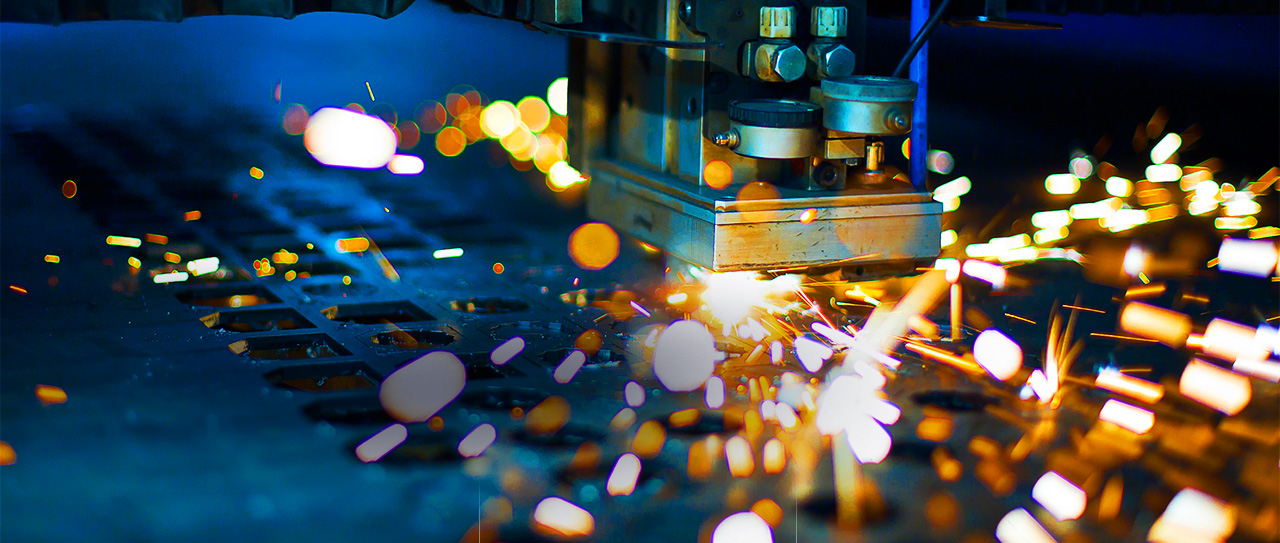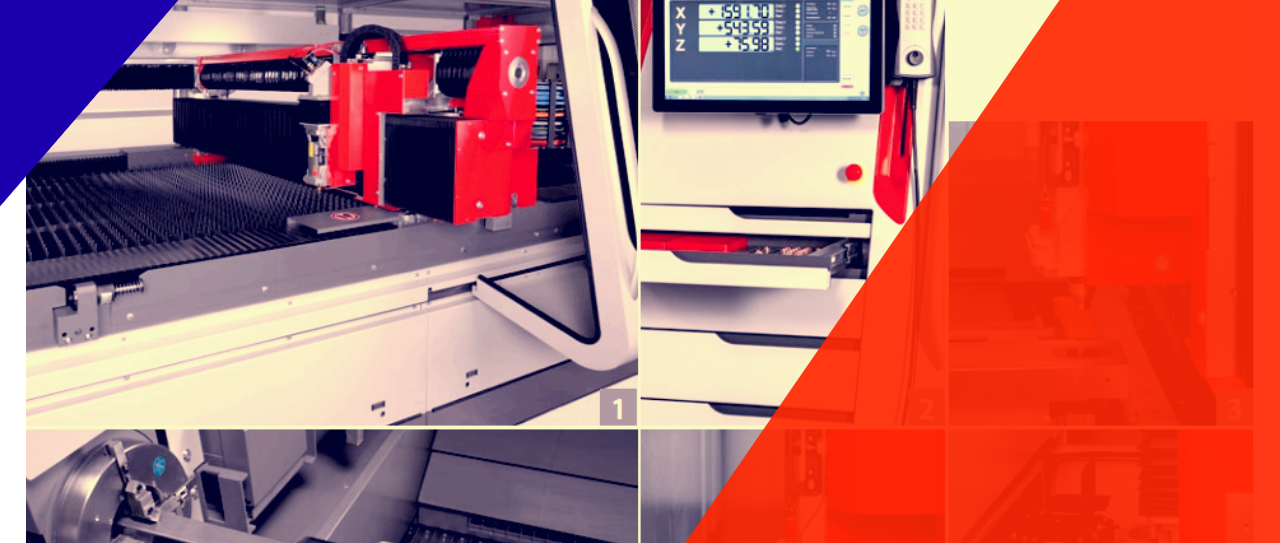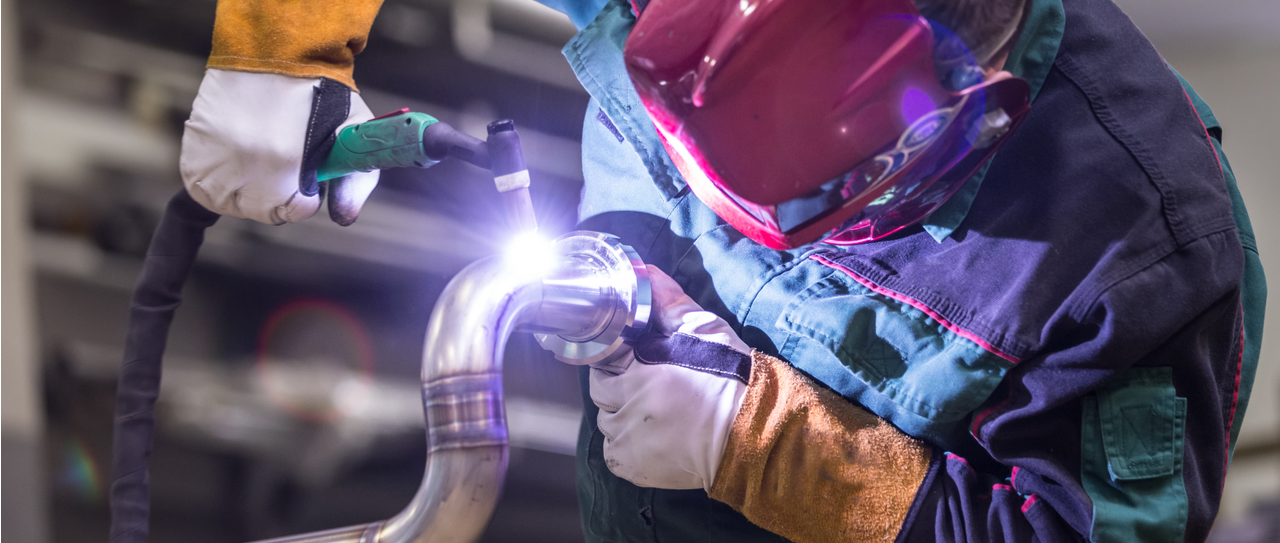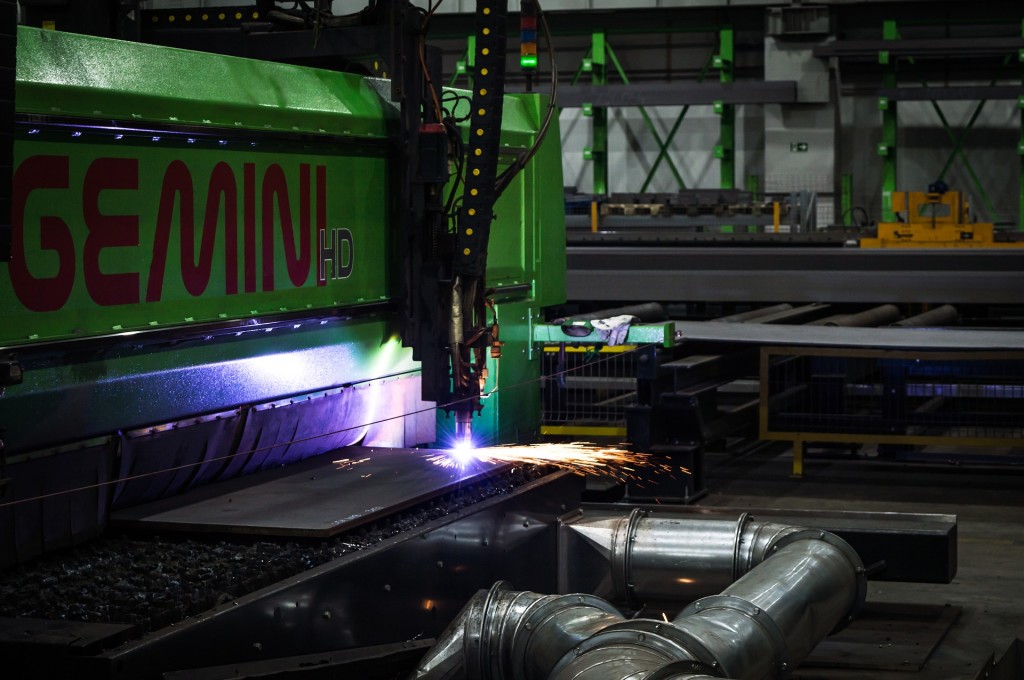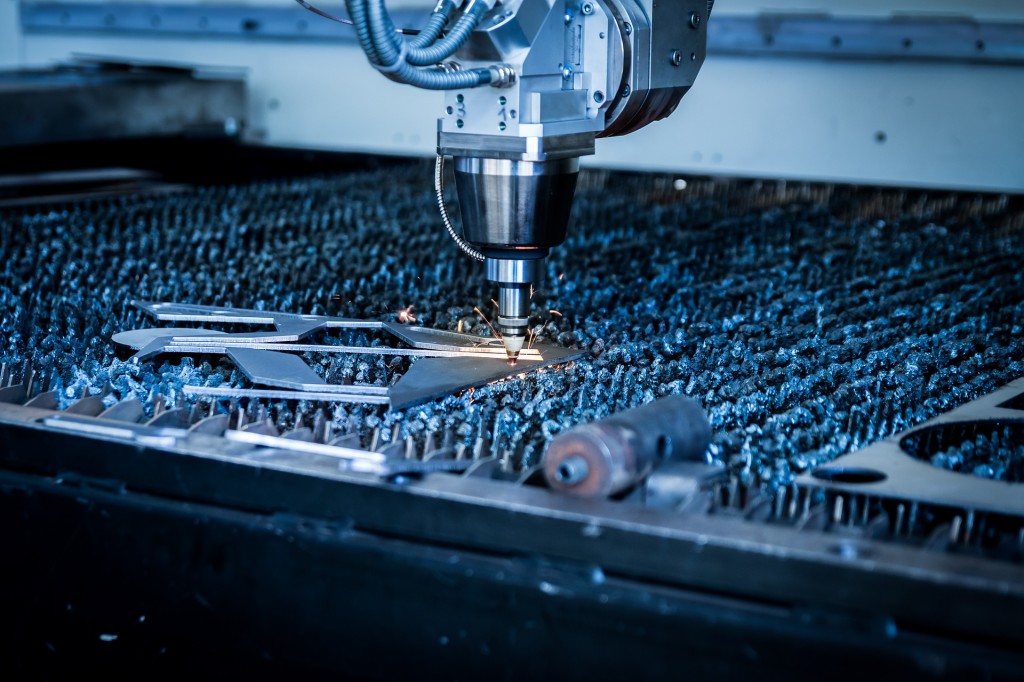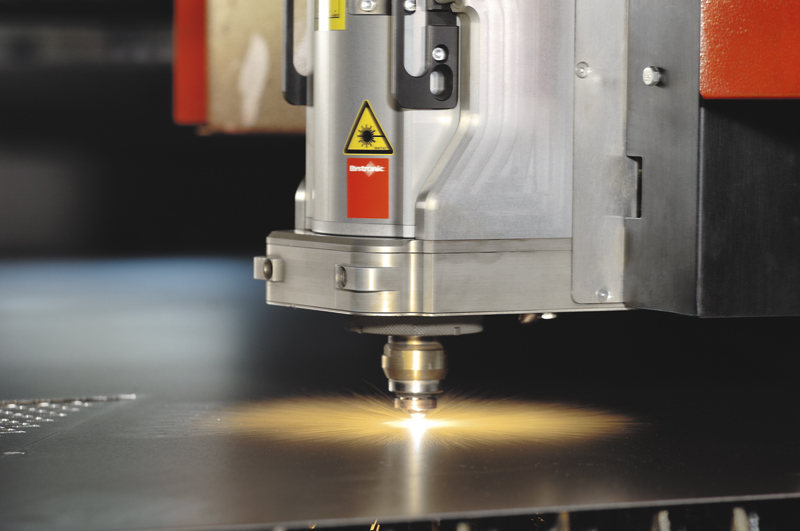The earlier days of plasma arc cutters were crowned with glories. They were 1000-amp monsters that are designed to cut through 6 inches of stainless steel sheets. However, the unit also went through different phases of development like laser cutting, welding, metal rolling, metal bending, stamping, etc. and if you haven’t upgraded your plasma cutter in a while, it’s time for you to get one and stay up-to-date with your competitors.
But there are a number of things you need to remember while choosing a plasma cutter, like power supplies, gas, cost, components, etc. Today I’m going to explain all the different types of power supplies used in a plasma cutter so that you can get the best one in your metal fabrication shop. I’ll concentrate mainly on the manual ones and leave the automated ones for some other day.
The Power Supplies
Plasma Arc Cutter power supplies are DCEN or Direct Current Electrode Negative. Regardless of the sheet metal material, a PAC needs constant DC source and an OCV (Open Circuit Voltage) which will initiate the arc and prepare it for aluminium fabrication, steel fabrication, or stainless steel fabrication.
Now let’s get into the different types of power supplies.
DC Droopers:
In the early days, plasma cutter used the drooper power supplies. Their name was given due to the drooping power curve outputs and these units are capable of providing a high OCV while ensuring a stable operating voltage and current.
To convert AC power from the transformers into more suitable DC power for the cutting unit, people used fixed-output DC rectifier bridges that consists of diode series. These simple yet powerful systems were able to create a lot of power. However, this system was guilty of wasting a lot of energy. Also, it had too many ripples in the power output which is the fluctuations in DC power output caused by rough cuts or short part lifespan.
In order to regulate the power output even further, different transformers of higher levels of current output could be used.
Reactors:
After the droopers, there was a new era for PAC power supplies, brought by the reactors. The reactors which were used were made of some AC coils and DC winding all around it. These reactors’ AC voltage supply to the bridge rectifier were controlled by reactor devices.
The adjustable transformer created by passing AC through the reactor (controlled by the current in Direct Current Winding) allowed variable outputs of Direct Current from the rectifier bridge.
Silicone-Controlled Rectifiers:
These are a specific type of Continuous Variable DC output supply. With huger transformers and large capacitor banks, SCRs convert 3-phase AC directly into DC.
The SCRs are comparatively large and only used for high-amp PAC systems. However, they are not the best option for manual operation.
Switch-Mode:
These power supplies use the transistors in order to modulate Direct Current power after the rectifier. One of the common types of switch-mode power supplies is the Chopper which uses IGBTs or other semiconductor devices. These Semiconductor devices then take the raw DC with the ripples only to chop it off and switching the power on-off to smoothen the output.



